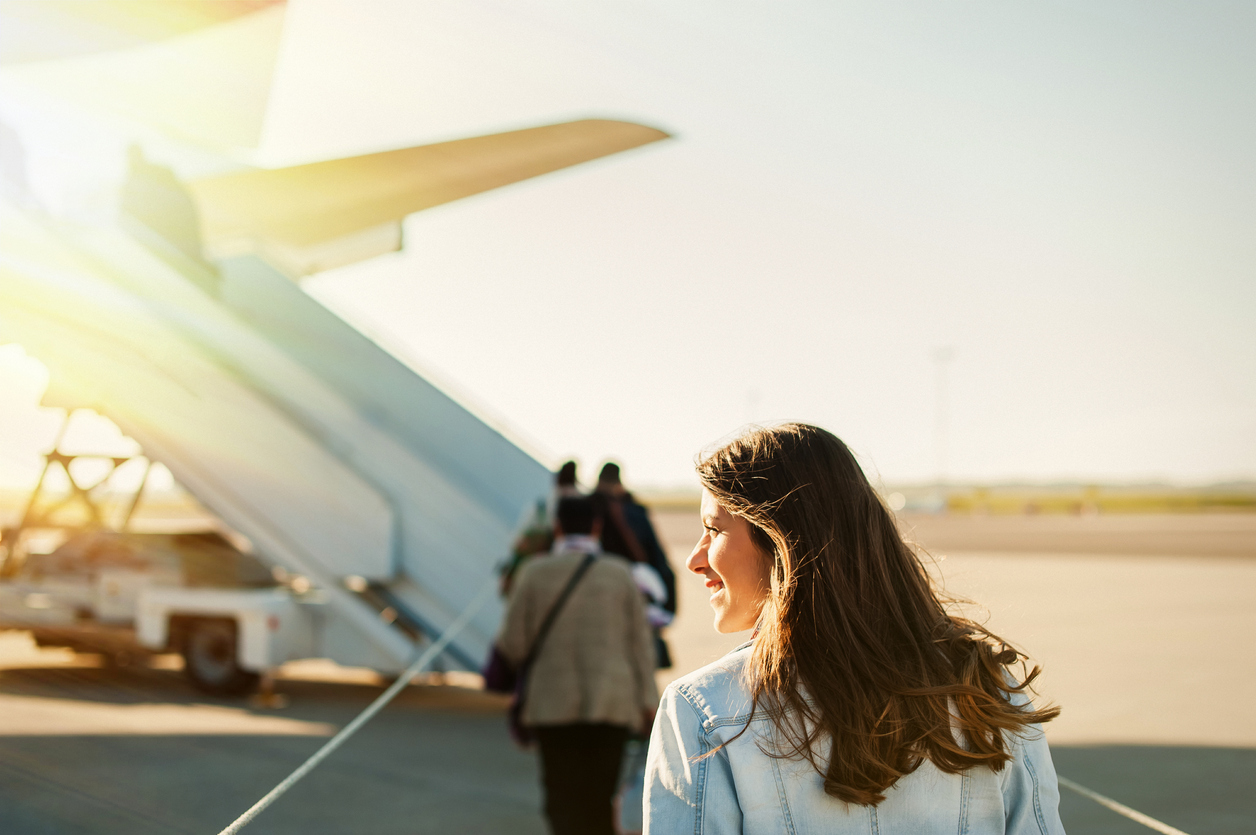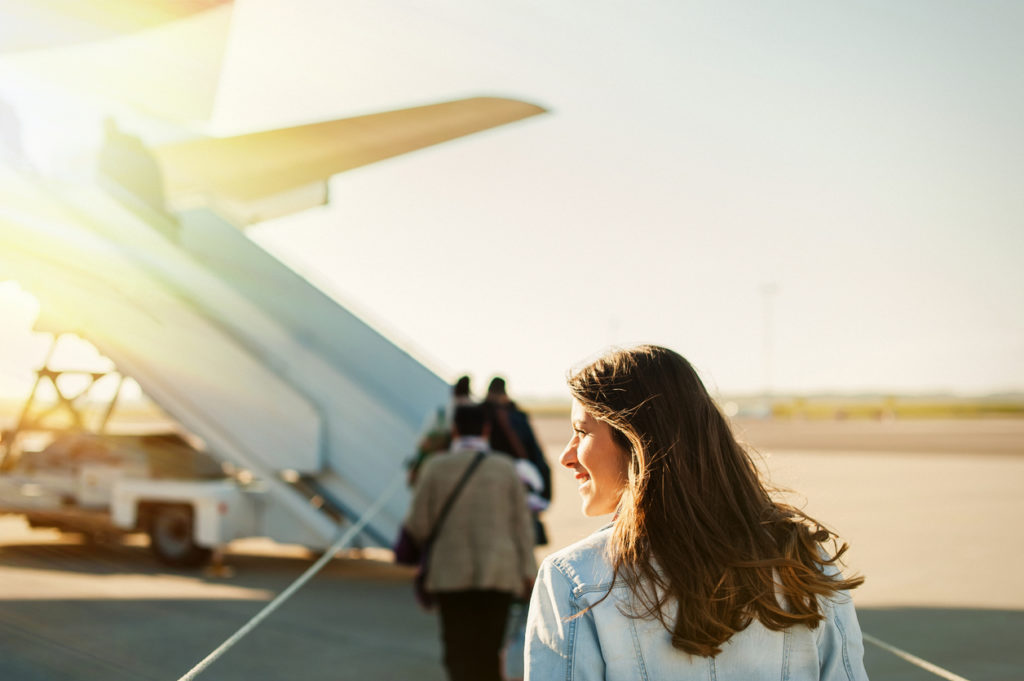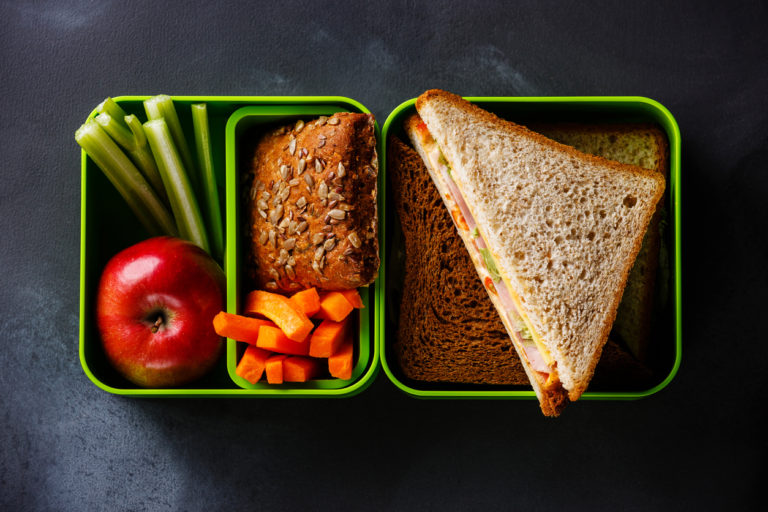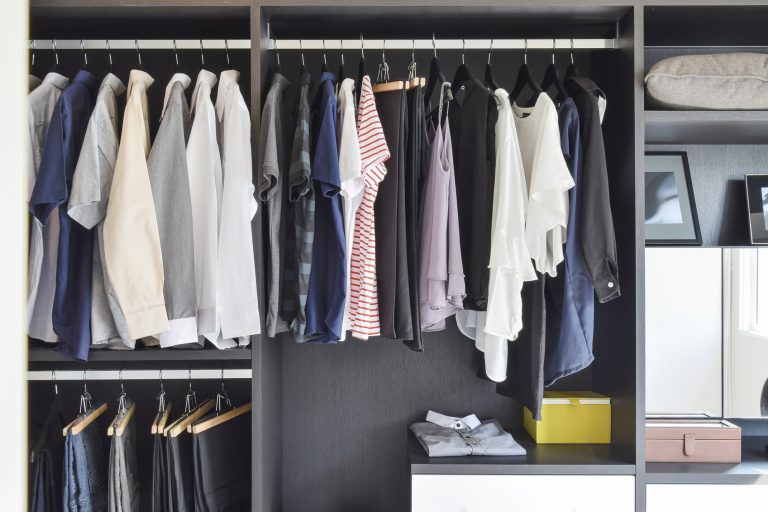3 Annoying Travel Behaviors

While most flights manage to accomplish the goal of getting passengers safely to their destinations, the job is getting done with less comfort and personal space for passengers.

Previously published on Inc.
Challenging conditions can turn minor inconveniences into contentious situations.
Since flying is usually the most practical mode of transportation for long-haul journeys, it’s best to prepare yourself mentally and physically for the ride. You can’t control everything that happens around you, but you can manage your response. Here are three air travel scenarios and how to deal with them.
A Sick Neighbor
Most people don’t have the luxury of pushing pause on their lives when they get the sniffles. At some point, you will probably sit next to someone who is sick or travel when you aren’t 100 percent healthy yourself. No one wants to share close quarters with a stranger who is ill. But if you find yourself seated next to someone who is sneezing, coughing and blowing their nose, try to have compassion. Offer a tissue if they are coughing (silent signal to cover their mouth) or a throat lozenge if you have one. You can certainly request a change of seat but if the plane is full you may not have the option.
Think ahead because you never know what you will encounter; if you are worried about becoming ill when traveling, arm yourself with your own supply of tissues, antibacterial wipes and hand sanitizer (a face mask is an option for the truly concerned or someone with a weak immune system). You may never have to survive a flight next to someone with a bad head cold but be ready in the event you do.
Recline at Your Own Risk
Don’t even think about thoughtlessly pressing the little button on your armrest and leaning back without a care. It’s a documented fact that airlines have placed seat rows more closely together, so your seat back actually does have the potential to immobilize the person behind you. If you are sitting in front of someone with a child on their lap or who is taller than average; everyone must make the best of the situation. If you have extremely long legs, and are able-bodied request the emergency exit row for a seat with more legroom.
In other situations, politely ask if it would be alright if you put your seat back just a little, taking only the space you need. Put your seat up during meal service. If you find yourself gazing down upon someone’s head after they have put their own seat back, kindly ask if they would please consider putting their seat up (avoid mentioning their head is resting squarely in your lap.) Be polite; a stern or angry voice should never be your default tone. Remember, everyone is contending with the same tight conditions.
Unpleasant Seatmates
Air travel is one of the only times in life when strangers sit side by side, shoulder-to-shoulder, for hours. While most travelers try to abide by the standards of common decency, there will be times when your seatmate is downright annoying. Common grievances include overly talkative people; people who watch inappropriate programs on their devices and those who bring smelly food on board. In each situation, the best solution is to keep calm and fly on.
Do what you can to mitigate your irritation. You can politely excuse yourself from an unwanted conversation in several ways: “Excuse me, I’m going to try to catch up on some rest/reading/music/work.” Then put on your noise canceling headphones and go about your business. If the person in the next seat is watching a graphic movie, your best bet is to look away. If you are traveling with a small child who can’t help but see their screen, you are within parental bounds to politely ask if they would consider changing to another program (then thank them profusely if they comply). If someone brings highly aromatic food on board, you will have to tap into your inner reserves of calm and do your best to ignore it; in other words, suck it up and let it go.
In air travel, as in many life situations, the best defense is preparation. Book as far ahead as possible to select the seats you want, choosing an exit row or bulkhead for maximum leg room. Get to the airport early on the day of travel to avoid long lines and unexpected gate changes.
Pack your own airplane survival toolkit with items to make your trip more pleasant: alcohol based hand sanitizer, a lavender scented eye mask, headphones, ear plugs, tissues and an oversized scarf that double as a blanket. Also pack a few granola bars or other portable snacks, hard candy, a book, your favorite entertainment device (with a charger) and some money in case you want to purchase a tiny airplane-size bottle of liquor to steady your nerves.
You may also like 8 Travel Etiquette Tips To Get You Off The Ground. For more of Diane’s etiquette tips read her posts on Inc., subscribe to her articles on HuffPost, “like” The Protocol School of Texas on Facebook, and follow her on Pinterest, Instagram and Twitter. Buy her new book, Modern Etiquette for a Better Life.







